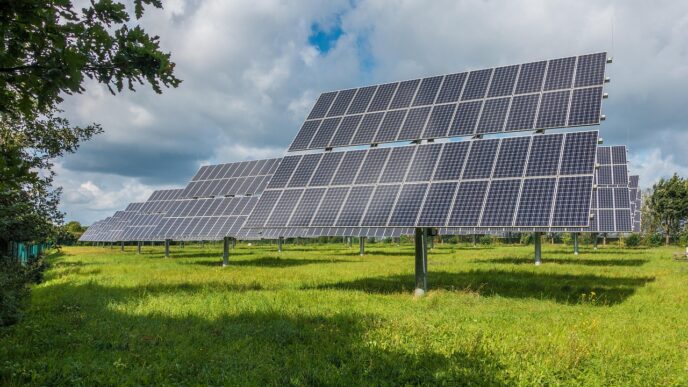Generative AI’s energy hunger is about to skyrocket
A single query on large language models like ChatGPT, Gemini, or Claude uses about 2.9 watt-hours of electricity. That’s roughly 10 times the power of a regular internet search, says the United Nations Environment Programme (UNEP).
Training just one LLM can emit 300,000 kg of CO2 — that’s five times an average car’s lifetime emissions or 125 round-trip flights from New York to Beijing.
The International Energy Agency (IEA) warns AI-driven electricity demand will more than double within five years, rivaling Japan’s total consumption.
Most of that power still comes from fossil fuels — 62% of Kazakhstan’s electricity is coal-generated as of 2022.
Northern Europe offers a contrasting model. Google reports over 90% of the electricity powering its data centers there is renewable. Key to this success is the Nord Pool power market that links Nordic and Baltic grids to share energy in real time.
Anna Lobanova from the UN ESCAP explains:
“If in one country there’s more wind, the prices drop, and it allows this country to export electricity at lower prices to neighboring countries within one day.”
UN bodies ESCAP and UNECE are pushing for integrated power grids in Central Asia, aiming to leverage Soviet-era infrastructure to build a unified electricity trading market.
This would stabilize the grid and increase renewable energy use in the region. Kazakhstan targets 50% renewable power by 2050, Uzbekistan aims for 25% by 2030.
Power connectivity could be Central Asia’s green AI power play.














